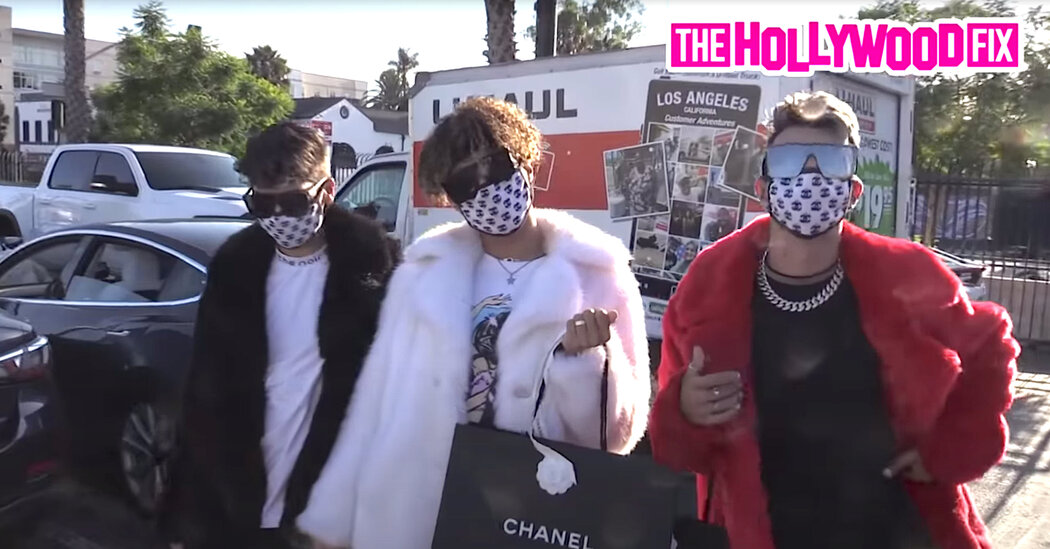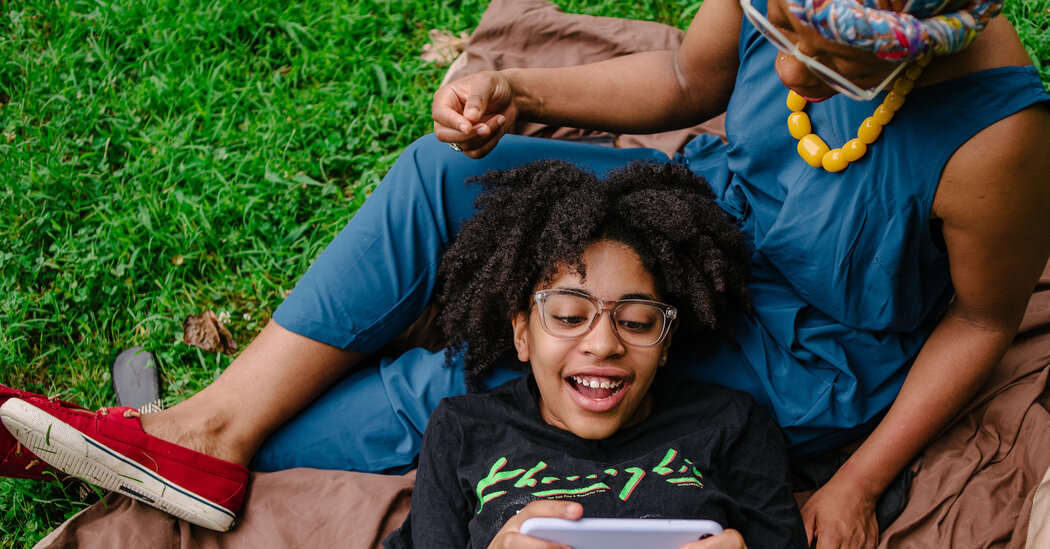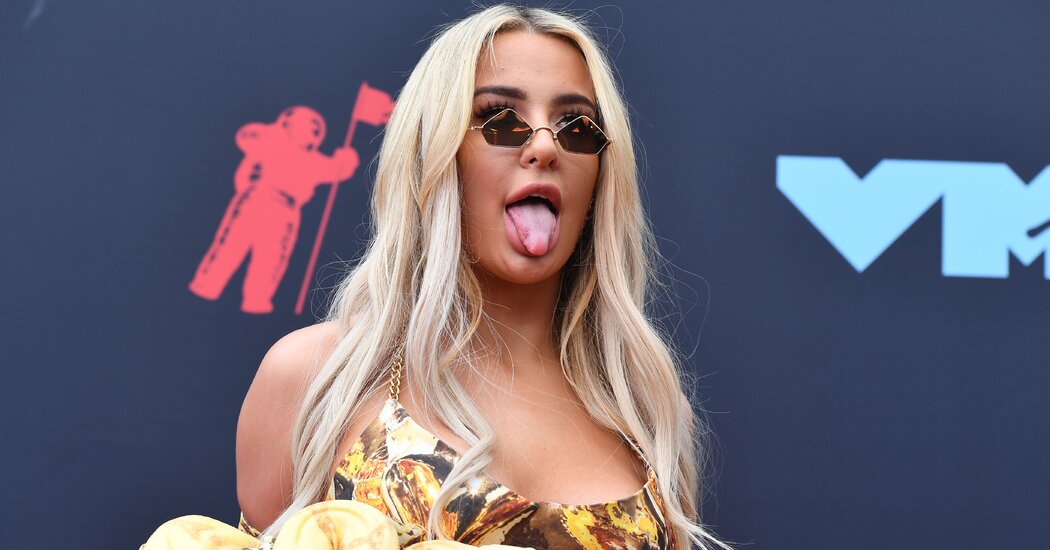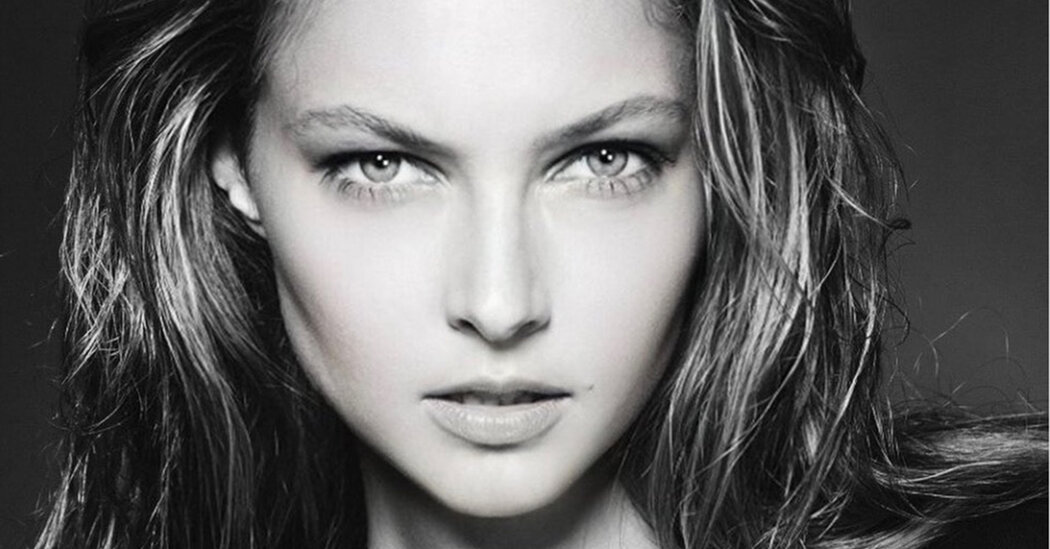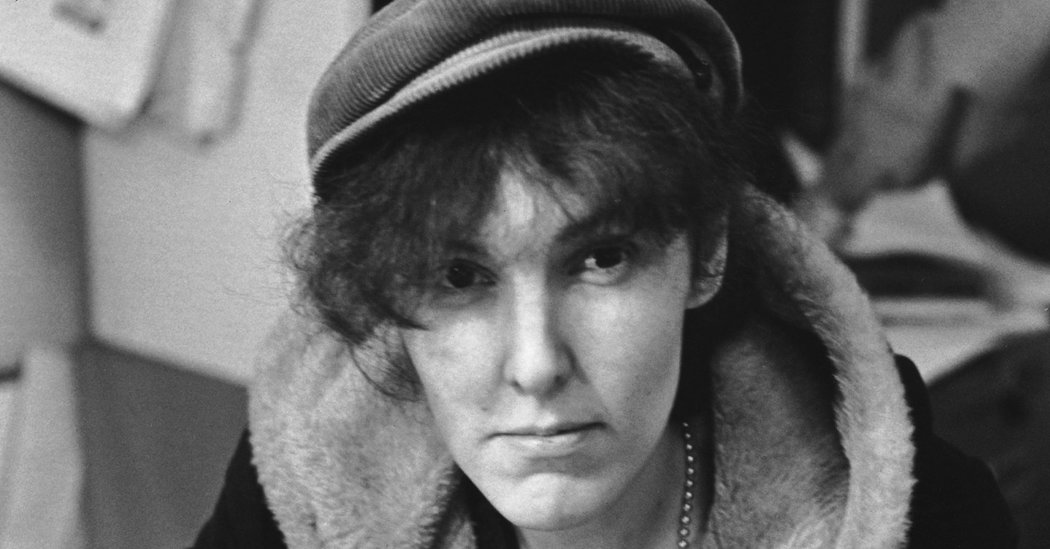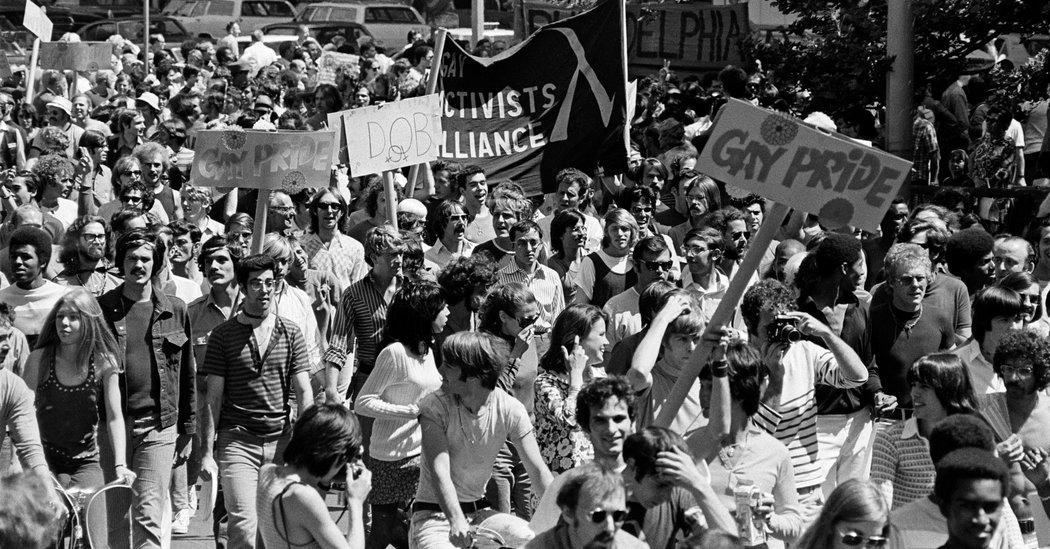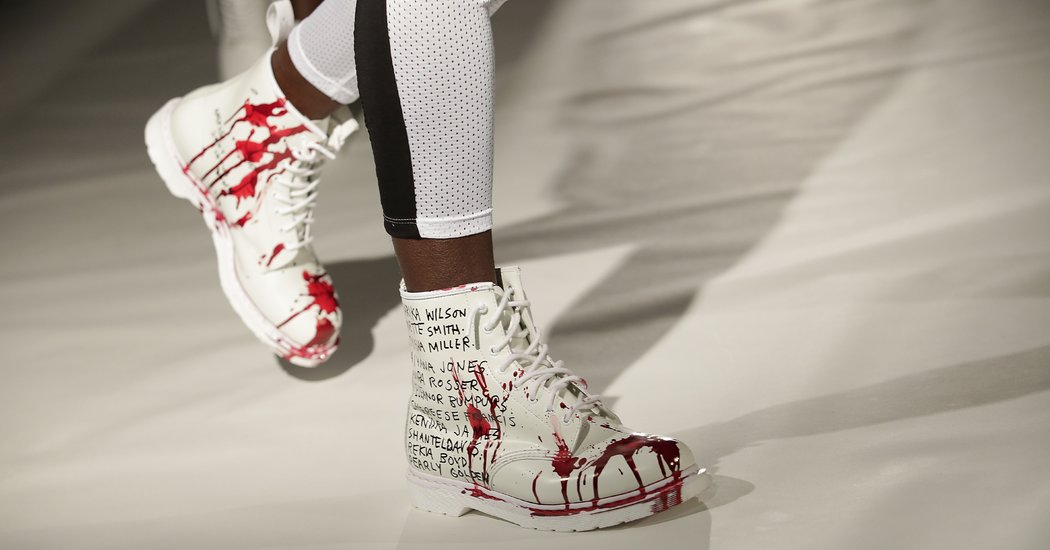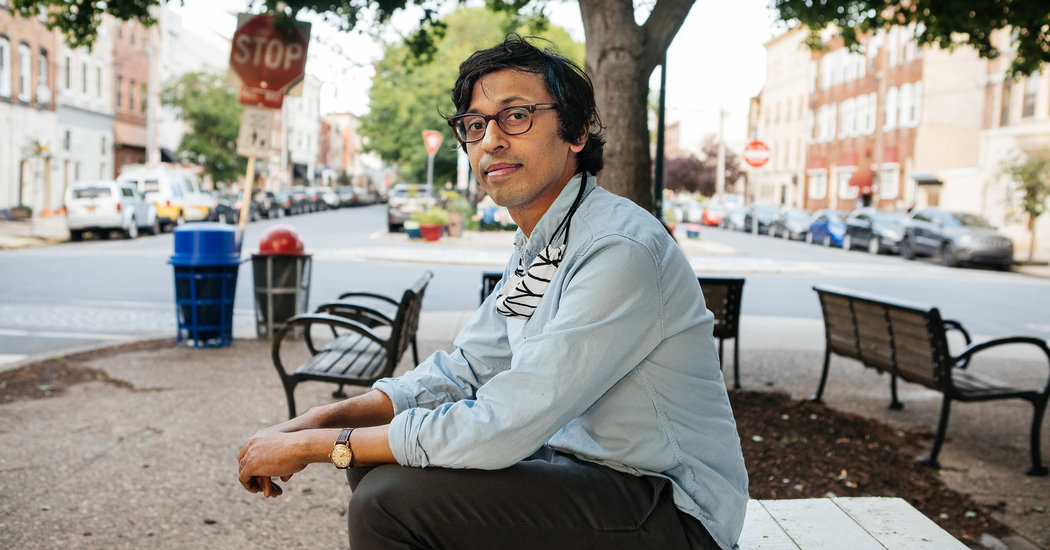Mr. Greene’s video clips have come to be so ubiquitous on the teen internet that they’re now a meme. Hundreds of young men and women on TikTok have posted Hollywood Fix parody films, and YouTubers like Emma Chamberlain have referenced the Hollywood Correct in their movies. Persons normally parrot Mr. Greene’s signature capture phrase — “The followers wanna know!” — in films and replies on Twitter.
“Whenever I have very little to do, I’ll view the Hollywood Deal with,” claimed Alana Lintao, 16, a TikToker in New Jersey who results in parodies of Mr. Greene’s films. In January, she spent hrs consuming content on his YouTube channel. “I variety of obtained caught in a loop and I was binge watching all of the films,” she said.
Getting a movie star documentarian — not to mention an authority on Gen Z — was not Mr. Greene’s prepare when he moved from Dallas to Los Angeles in 2013. He experienced appear to the city for a alter of pace. At the time he was doing work as a music producer.
Before long immediately after his arrival, he recognized the range of popular men and women going for walks all around his West Hollywood community. “I made use of to live down the road from Karrueche Tran, and I’d see Chris Brown,” he stated.
A person day, he started snapping pictures of the two with his cell phone. He called up TMZ to see if somebody there would be interested in obtaining them, and to his surprise an editor presented him $1,000 in exchange for a several images.
So started his occupation as a paparazzo. Mr. Greene started off chasing celebs all over town, making connections with valets and company personnel who tipped him off to the whereabouts of superstars.
In 2014, he made the decision to place some of his articles on YouTube. He was performing more movie interviews and preferred a home for the stuff that the tabloids weren’t obtaining. At the time, he stated, Individuals journal and The Each day Mail weren’t interested in footage from, say, exterior Jake Paul’s residence, but the followers of his youthful influencer topics ate the video clips up and his subscriber base ballooned.
By 2016, Mr. Greene was making first rate money off his YouTube channel. This spring, it surpassed 1.4 million subscribers. Then, the pandemic hit in March, and out of the blue every little thing modified. Superstars began holding a reduce profile, stepping out only to stroll their canine or operate compact errands. Mr. Greene made the decision that fairly than park outside Jennifer Lopez’s household all day hoping for one particular image, like other paparazzi, he would protect the stars who have been publishing overtly about their house functions and community outings.
“The TikTokers are always in teams,” Mr. Greene stated. “All the well-liked ones pretty a great deal only dangle out with well-liked ones. If you catch a single you catch two or a few or 4. It is not like if you get Ben Affleck you also get Jennifer Lopez and Alex Rodriguez and Madonna. They don’t dangle out like that.”
When BOA Steakhouse, an upscale American restaurant on Sunset Boulevard, opened for out of doors eating in June, it became an overnight sizzling location for Gen Z influencers. Mr. Greene parked himself out front and began interviewing the young stars about their life and drama as they arrived and went.
“The Hollywood Repair is very a lot masking what’s taking place on the online fairly than who’s a huge superstar,” claimed Kai Watson, 19, a founder of The Sync, a commentary channel and podcast. “You enjoy a online video of a big celeb going for walks down the road and it has like 10,000 sights, but correct subsequent to it is a Hollywood Repair online video ‘Catching up with Charli D’Amelio at BOA’ with 10 million sights.”
Section of what has made the Hollywood Deal with the go-to outlet for influencers is the romance Mr. Greene has with his subjects. They know that he has finished his exploration and normally takes their careers very seriously.
Many of these younger stars look at a Hollywood Repair interview to be a marker of standing. “A lot of up-and-coming creators will say, OMG! I was eventually on Hollywood Repair,” Mr. Watson explained.
For numerous TikTok stars, Mr. Greene’s channel is a conduit to the broader news media his outlet is the initial they go to when they want to go over a thing new or massive that they hope will be lined elsewhere. On Aug. 17, when the YouTuber Elijah Daniel hosted a joke event for his new collab mansion, the Alt Haus, he rang up the Hollywood Deal with for protection as a variety of commentary on the publicity seekers of “straight TikTok” (the dancers and lip-syncers most conveniently involved with the app).
The actuality star Spencer Pratt as opposed Mr. Greene to Ryan Seacrest, whose radio clearly show has always highlighted superstar visitors and information objects. “Back in 2008, when we ended up famous, Ryan Seacrest would text you and you’d contact in and he’d check with what is likely on,” Mr. Pratt claimed. “All the TikTokers use the Hollywood Correct how we applied Seacrest.”
Mr. Greene has also designed an authority with influencers’ lovers. “My things is truly lover-driven,” he said. “A lot of people make entertaining of me for declaring ‘The followers wanna know!’ but I have hundreds of lovers a day indicating ‘Can you please uncover this man or woman and request them this or that? We have to have to know the remedy!’ So I specialize in what men and women want to know about.”
The brazenly cozy romance between Gen Z influencers and the paparazzi represents a sea transform in the industry, stated Mr. Pratt, who described getting “shamed” for the similar habits just a long time in the past. “These TikTokers have reinvented all the things,” he said. “Now it’s neat to movie yourself and phone the paparazzi and self market.”
Mr. Greene claimed that TikTok influencers have breathed life into the young Hollywood landscape. “All these little ones are youthful, wealthy, excellent searching and stay in these mansions,” he claimed. “It’s like a existing version of ‘90210.’”
